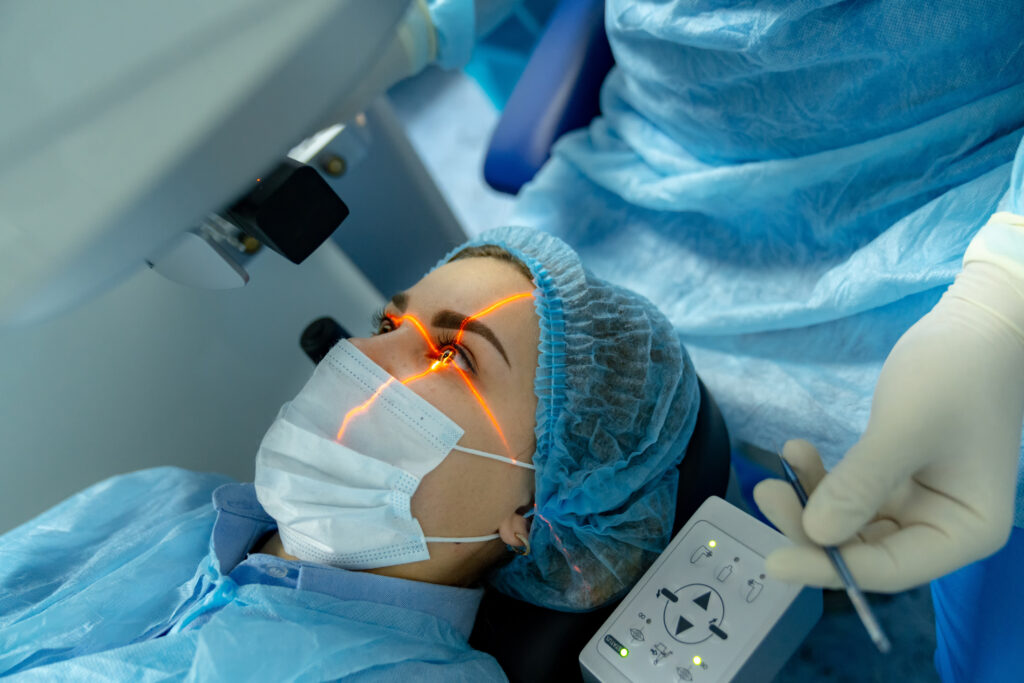
Costs associated with LASIK eye surgery will depend on a range of factors, including technology used during your procedure, where it takes place, health insurance coverage available and any pre or post care you require.
Unbeknownst to many LASIK patients are the additional costs related to disposable items, medication, surgical gowns, and services such as laser vision correction (LVC). Before having LASIK performed on yourself, always inquire about all associated expenses.
Cost
LASIK eye surgery is an increasingly popular procedure that can drastically enhance vision for many. But costs should always be factored into any decision to undergo the process.
Depending on the surgeon and practice, costs associated with Lasik eye surgery can differ widely. Prices tend to be higher when physicians with excellent reputations and strong demand are involved.
Additionally, the technology used to perform LASIK can have a dramatic impact on its final cost. Surgeons who utilize cutting-edge laser technologies and diagnostic instruments may be more successful at providing better outcomes and safer procedures to their patients.
Technology
LASIK eye surgery makes use of cutting-edge laser technology. Today's innovative procedures deliver safer, more precise, and personalized vision correction allowing patients to forgo glasses or contacts altogether.
Eye drops will first be administered to anesthetize your eyes prior to beginning, before your surgeon uses either a microkeratome or laser to create a thin flap in your corneal surface.
As soon as your surgeon has created the flap using laser technology, excimer laser reshaping (also known as laser reshaping) will take place to reshape your corneal shape - a much more accurate way to correct vision than previous blade-based techniques.
Experience
LASIK eye surgery is an increasingly popular solution to correct nearsightedness, farsightedness and astigmatism. The procedure itself is relatively pain-free; results should typically be visible instantly after completion of treatment.
LASIK involves creating a thin corneal flap which is lifted back and reshaped using laser treatment, often eliminating or greatly reducing the need for glasses or contact lenses for most people.
Your surgeon will use a suction ring and eyelid speculum to help keep your eyes in the proper positions during surgery. Although you may feel some pressure on the eyes during this procedure, most patients find the process to be non-painful.
Insurance
If you are considering having LASIK eye surgery, it is essential that you understand all your financing options for refractive surgery. While LASIK typically is not covered by health insurance plans, some vision insurance plans offer price breaks for refractive procedures.
These price breaks may take the form of percentage or dollar allowances for the surgery, with their aim being to attract patients and convince them to schedule an evaluation appointment for refractive surgery.
Some insurance companies provide discounts to members who use specific doctors for procedures; it's essential that these physicians fall within your insurance company's network.
Financing
Laser eye surgery may seem expensive, but there are financing options to make your LASIK procedure affordable. Tax-free specialized medical savings accounts (SMSAs) and personal savings accounts may both provide help in financing this investment.
Some LASIK practices offer no-interest financing plans to spread out the costs over time, or using a credit card with rewards such as points, miles or other incentives may also help.
LASIK may qualify as a qualified medical expense under Flexible Spending Accounts (FSA) and Health Savings Accounts (HSA), so check with your employer and employee benefits manager to find out whether these funds could help pay for the procedure.





